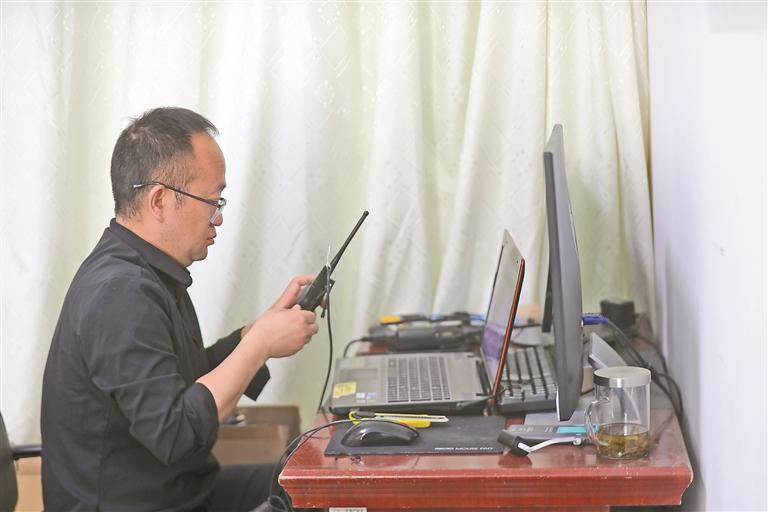China's lunar rover travels over 1km on the moon


China's Yutu 2 lunar rover has traveled more than 1 kilometer on the moon and is still working well, according to the China National Space Administration.
The administration said on Saturday that the distance traveled by the rover reached 1 km on Thursday evening. As of late that night, the robot had moved about 1,004 meters on the lunar soil.
It added that Yutu 2, the second Chinese rover on the moon, is now in its 38th lunar-day working session and is in normal condition.
A lunar day equals 14 days on Earth, a lunar night the same length. During the lunar night, the temperature falls below minus 180 C and there is no sunlight to provide power to the craft.
By now, Yutu 2 has been operating for 1,101 Earth days, cementing its status as the longest-working rover on the moon. Before it, the record was held by its predecessor -- Yutu -- which worked on the moon for 972 days, far outliving its designed life span of three months.
Yutu 2 is part of the ongoing Chang'e 4 robotic probe mission; humanity's first endeavor to land on and closely observe the far side of the moon. The mission was launched by a Long March 3B carrier rocket in December 2018 at the Xichang Satellite Launch Center in Sichuan province.
The probe made a soft landing on the far side on Jan 3, 2019, and then released the Yutu 2 to roam and survey the landing site in the South Pole-Aitken Basin, the largest and deepest known basin in the solar system.
In late November, Chinese scientists at the State Key Laboratory of Space Weather under the Chinese Academy of Sciences' National Space Science Center published a major scientific finding enabled by Yutu 2 in the November issue of Nature Astronomy.
They said that they found remnants of carbonaceous chondrites on the moon's far side in hyperspectral images in the visible and near-infrared range taken by the rover.
Carbonaceous chondrites are meteorites originated in the asteroid belt near Jupiter and have been believed to be among the oldest objects in the solar system. Their existence on the moon may still act as a source of water on the barren, silver sphere, according to the researchers headed by Liu Yang.
- Shanxi ends province-wide blanket fireworks ban
- Audit: China fixes bulk of fiscal problems tied to 2024 budget
- China reports major gains in circular economy
- Chinese lawmakers review draft revision to banking supervision and regulation law
- Top legislature to study draft laws on environment, ethnic unity, national development planning
- Administrative organs must secure people's interests: senior judge





































